Home / Albums / Tag Local Custom 21

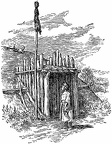 I saw that the black-bear skin was bound to one of the posts at the entrance
I saw that the black-bear skin was bound to one of the posts at the entrance Offering food before the shrine of the Big Birds’ ceremony
Offering food before the shrine of the Big Birds’ ceremony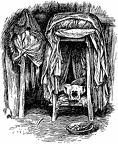 Big Birds’ ceremony
Big Birds’ ceremony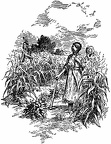 Sing louder cousin, sing louder, that I may hear you
Sing louder cousin, sing louder, that I may hear you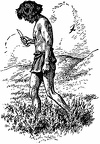 When a man mourned he cut off his hair, painted his body with white clay
When a man mourned he cut off his hair, painted his body with white clay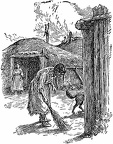 I was too well-bred to look up at him, but I did not always hurry to finish my sweeping
I was too well-bred to look up at him, but I did not always hurry to finish my sweeping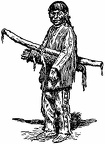 On his back I saw a handsome otter-skin quiver, full of arrows
On his back I saw a handsome otter-skin quiver, full of arrows Then he arose and took my baby tenderly in his arms
Then he arose and took my baby tenderly in his arms The seven herbs of autumn
The seven herbs of autumn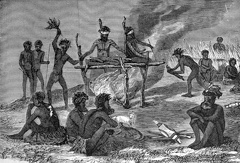 Australian Natives Burning their Dead
Australian Natives Burning their Dead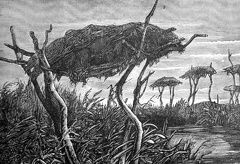 Indian Burial Ground
Indian Burial Ground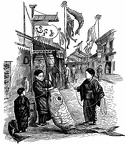 Boys’ Festival, Japan
Boys’ Festival, Japan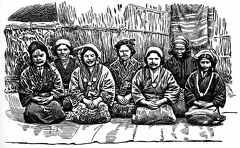 Ainu Women, showing Tattooing
Ainu Women, showing Tattooing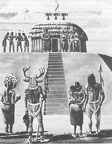 Death of a chief
Death of a chief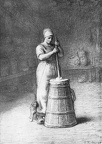 Peasant Woman and Churn
Peasant Woman and Churn The Lion of Korea
The Lion of Korea Playing with Doggy
Playing with Doggy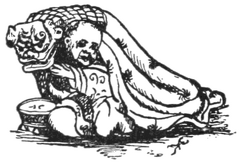 Kangura, or Korean Lion Play
Kangura, or Korean Lion Play Eating Stand for the Children
Eating Stand for the Children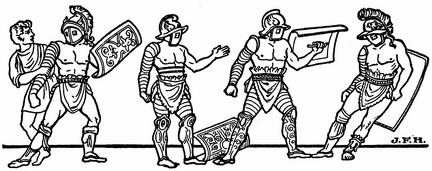 Gladiators
Gladiators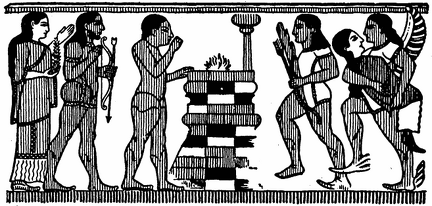 Burning the Dead - Etruscan Ceremony
Burning the Dead - Etruscan Ceremony



